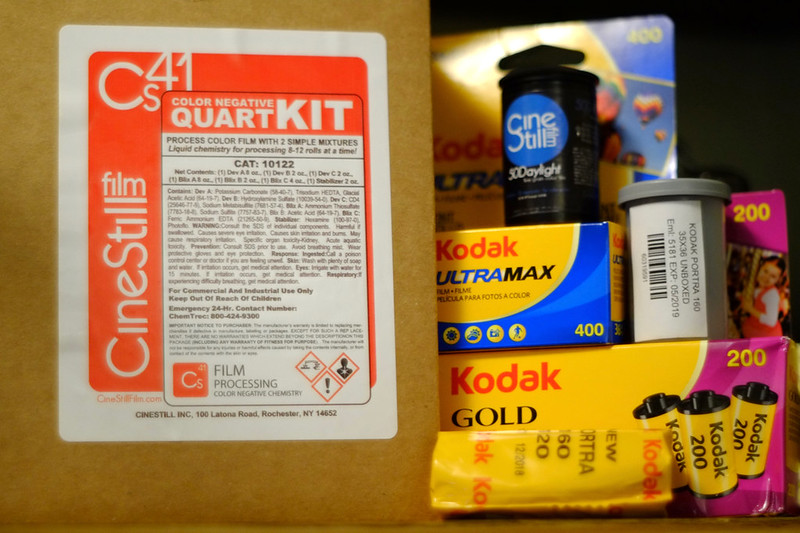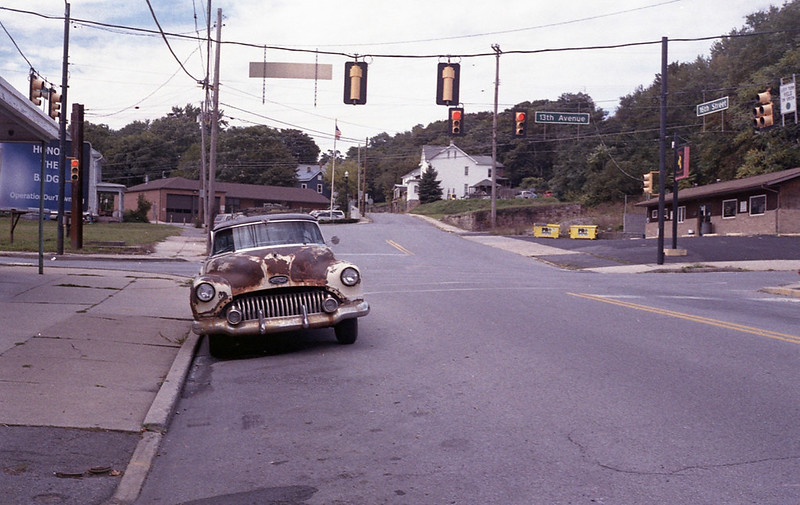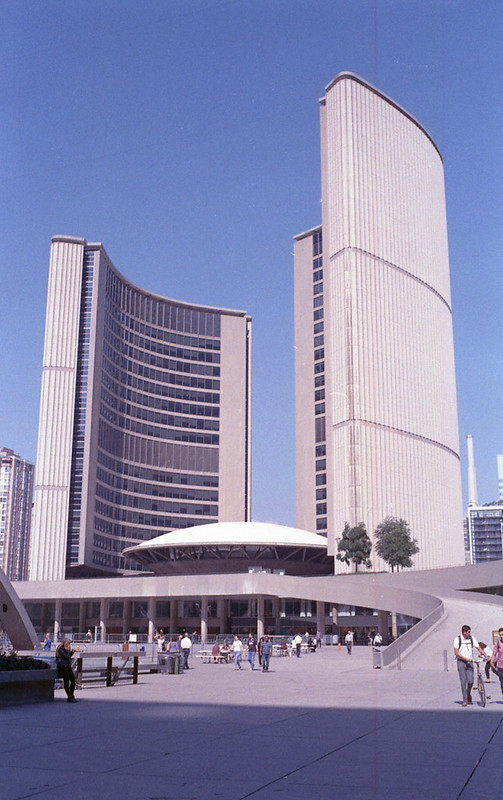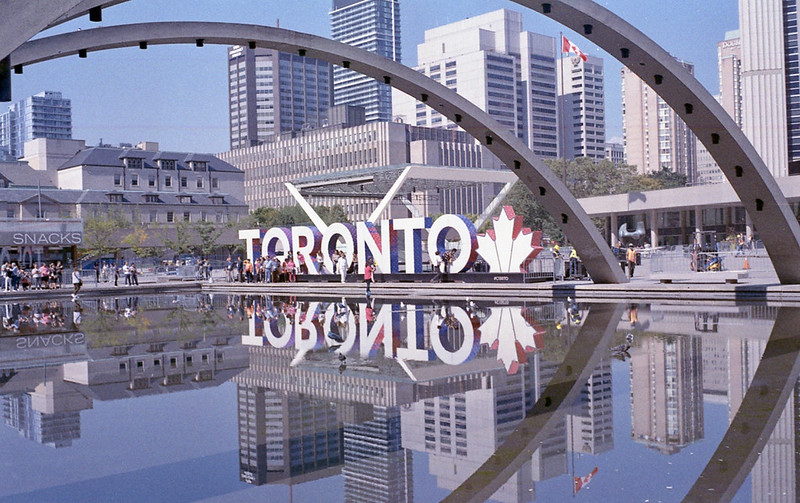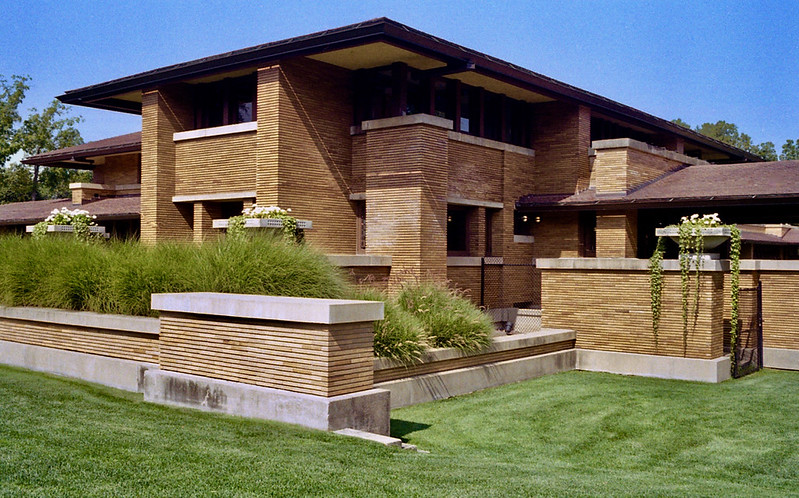 |
| Grace G707 |
By the time I acquired a used Grace G707 tonearm ca. '83, it was already an up and coming classic. Classic being a euphemism for affordable since TAS and Stereophile were already waxing poetic about heavier MC cartridges from Kiseki, Koetsu, Accuphase AC-2, etc, which required more massive tonearms.
 |
| Original AR XA > AR + Grace G707 |
I had to do irreversible hacking to my thrift store-found ARXA turntable to mount the G707. All that effort paid off since the improvement this tonearm brought to my audio system was staggering - more transparency and definition throughout the audio bandwidth. The listening experience became a lot more enjoyable! Sadly, that G707 got lost in a maze of senseless upgrades I went through for the next ten years. I held a torch for this tonearm until I found another nice sample for this time travel episode.
70s MC cartridges
accompanying us on this journey are two classic MC cartridges from the 70s that are technically matched to the Grace G707.
 |
| GAS "Sleeping Beauty" aka Coral 777 |
The sweet sounding, almost SPU-like GreatAmericanSound "Sleeping Beauty"
 |
| Denon DL103S |
And the higher compliance version of the NHK broadcast standard, Denon DL103S
Thorens TD 150
belt-drive + 3 point suspension
From my pre-college days in the late 70s until I completed my undergrad degree in '84, the listening room at the Lila Acheson Wallace Library of The Juilliard School was equipped with several rows of Thorens TD150AB/Shure M7D/Shure headphone amp + humongous Koss ear cans, while the classrooms were fitted with Thorens TD124/Dyna SCA35/AR2Ax audio systems. Nope, I don't recall seeing AR1s in the building. 😞In the early 80s, the original AR turntable could be found for $10-25 at thrift stores, but no Thorens. One had to go to Audio or Stereo Exchange and/or the trade-in section of Leonard or Harvey Radio stores where the Thorens badge started at around 100 bills.

Since I owned half a dozen AR turntables from stock to various stages of modification, setting up the TD150's 3 point suspension was like riding a bicycle. 😉
 |
| Thorens TD150 + Grace G707 |
My reunion with the TD150 + G707 was bittersweet. I caught a glimpse of the "black background" atmospheric setting for the Reagan-era audiophile ideal - the 3D sound-stage phenomenon that is supposed to transport the listener on a magic carpet ride to Carnegie Hall. Ironically, this was achieved at the expense of dynamics, articulation and definition, which are vital elements also expected from a live musical performance. Things could have been much worse if I were still using negative feedback infected tube electronics driving inefficient speakers. But let's not go there... 😧
In search of a more stable platform...
 |
| Thorens TD 124 + Rega RB300 |
By the time I finished grad school in the late 80s, the audio systems at The Juilliard School had been upgraded to include CD players. The Thorens turntables were retired and replaced by Denon direct drive turntables with servo tracing tonearms. Meanwhile, I had acquired a Thorens TD124 and knew its speed/pitch stability was superior to my heavily modified AR/Merrill turntable but I would never admit that to my audiophile friends. 😃
Given the wisdom I've gained (or not) through the years, the Grace G707 deserves a more stable platform....stay tuned.









